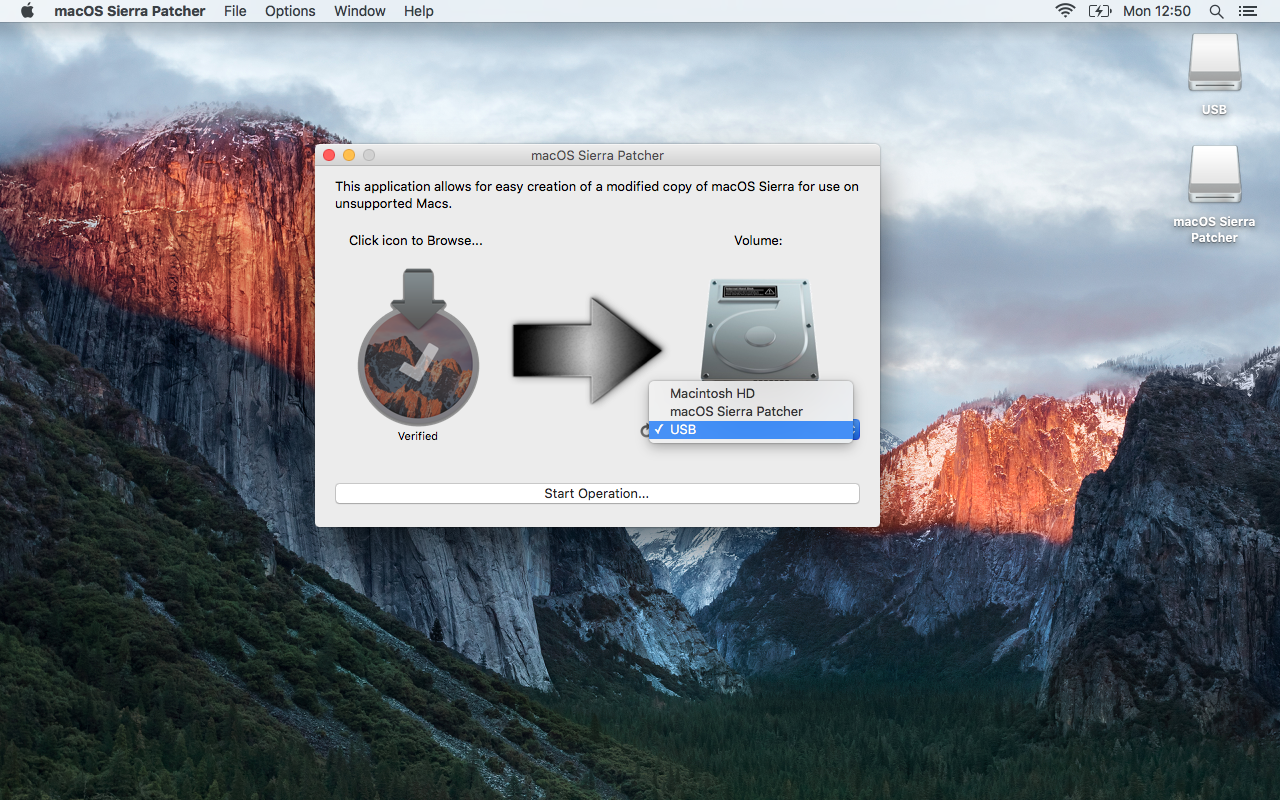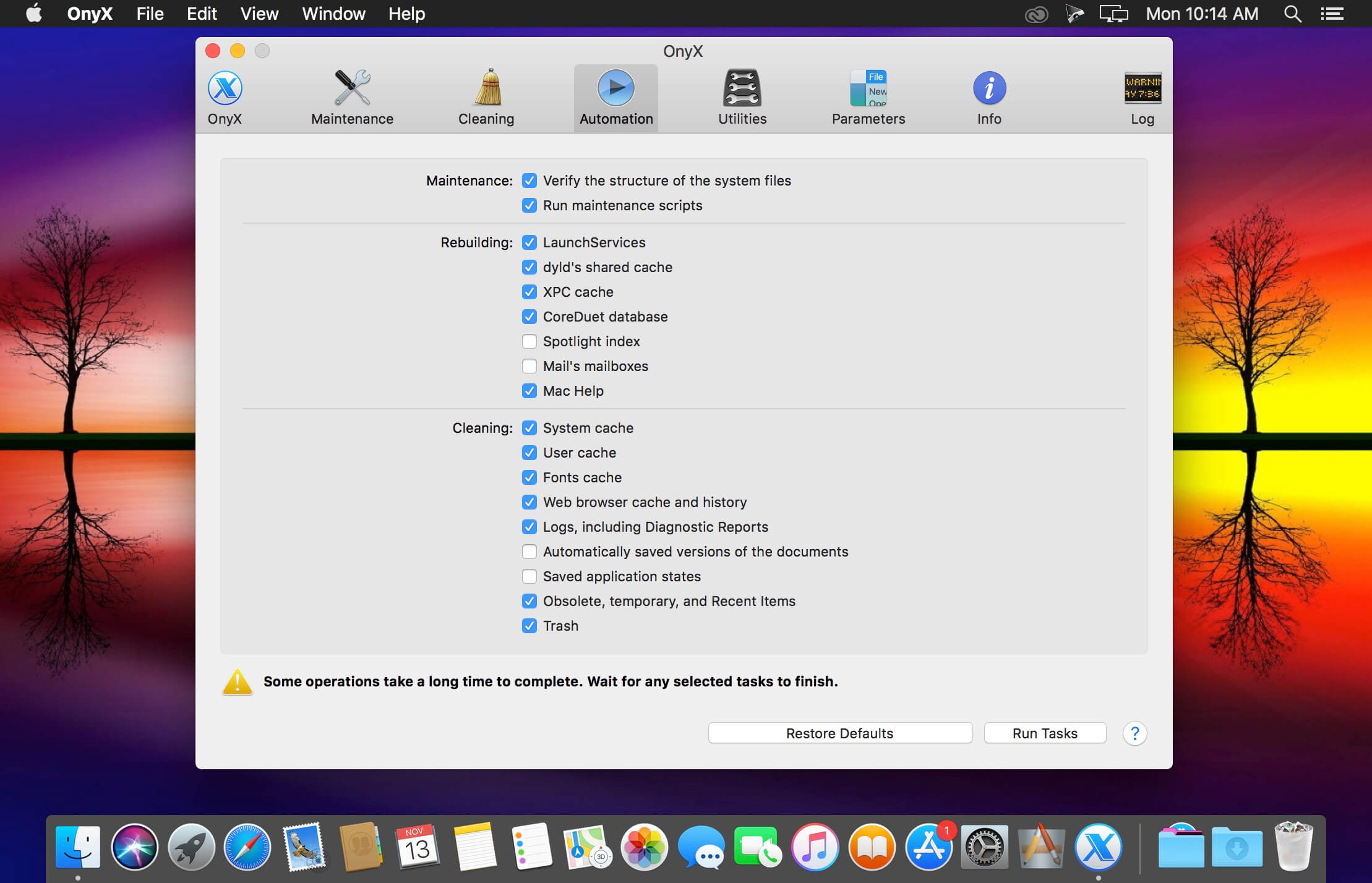

This set, HelveticaNeueDeskInterface.ttc and LucidaGrande.ttc must be present for the Finder menus to work.Īll other fonts in the /System/Library/Fonts/ folder (that are not included in the lists below by release level) can be removed. El Capitan through High Sierra change things again with the introduction of an all new set of system fonts San Francisco.

In Yosemite, Lucida Grande is no longer the main system font, and HelveticaNeueDeskInterface.ttc is the font you cannot remove for any reason. Mavericks utilized a different method to protect access to the desktop (see the specific text alongside the minimal font list for Mavericks). If you remove it while the system is active, you will lose control of all menus (they will be blank), essentially locking you out of your Mac. Without that font, the system will not boot. In Mountain Lion and earlier, you must never remove Lucida Grande. There is also a root /Library/Fonts/ folder with its own set of required fonts, which will be addressed in the second half of Section 1.įrom the font lists below, Keyboard.dfont, LastResort.dfont and LucidaGrande.dfont are used mainly for menus and other system font display purposes therefore, they are the most important to the OS itself. Note that this first part of Section 1 covers only fonts required in the /System/Library/Fonts/ folder. The fonts listed should always be active on your Macintosh for OS X and should not be removed. These lists also include the fonts most needed for the web, iLife and iWork. This section examines each of the various Mac OS releases (Panther 10.3 through High Sierra 10.13) and provides the recommended minimum list of the fonts to be stored in the System folder for that particular release of the operating system in order for it and most third party applications to run properly. I use them interchangeably throughout this article. The following words: program, application or app all have the same meaning.

Which, if you start by double clicking the icon of the boot drive on the desktop, the path can also be presented as /Users/ your_user_account /Library/Fonts/. So in most cases, the path to the Fonts folder in your home user account would be ~/Library/Fonts/. ~/ The tilde-forward slash pair is always your home directory (folder), i.e., the home folder of the current user login session. The beginning forward slash (as in the example to the Terminal application) of a file specification is always the root level of your boot volume. This is known as a hierarchical file specification in geek terminology, but it's called a canonical filename for short. For example, here is the file specification for the Terminal application: I can't tell you exactly what the path to your home account looks like (since I don't know your short user name), so here are some handy notes of reference.Ī file specification is the entire path from the root of the volume it resides on to the end of the file name.

#Onyx for mac os 10.12.5 how to#
This should help novice computer users and those unfamiliar with standard notation to learn how to navigate to the folders mentioned throughout this article. By 'notation' I am referring to the path name. I first want to mention the notation of file locations.


 0 kommentar(er)
0 kommentar(er)
